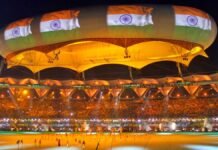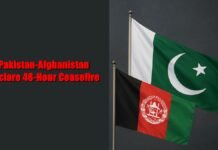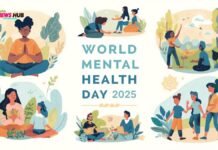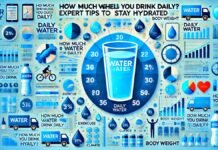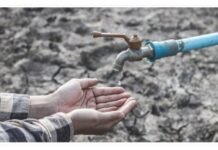
The surprising fact is that more than 2 billion people in the world cannot get safe drinking water. At the same time, there are some countries where tap water comes from the best quality. America is not named in these. In California (Drinking Water Issues in US), there are some settlements where drinking water quality is a big issue. Here you will also tell about those countries where drinking water is of the worst quality.
The purity of the water coming from the tap depends mainly on two things: first, what was the source of that water and secondly how much and how the water passed through the filter and reached the tap. Some countries are inherently rich in tap water, as there are lakes, glaciers and rivers full of rain water, some countries have perfected the quality of water by using technology properly.
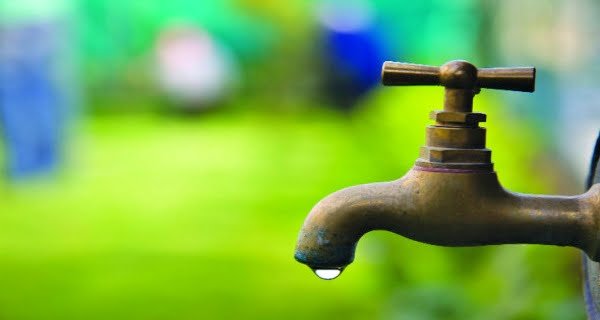
New Zealand
The water of this country is considered very safe all over the world. New Zealand has its own advanced filtration system to purify tap water. Here the Health Ministry has set strict standards regarding the quality of water. New Zealand had set a target in 1995 to make drinking water up to 95% of best quality and in 2015 this country achieved this goal.
Switzerland
Here, there are both reasons behind getting the most pure water in the taps, that is, geographical prosperity as well as the best policy. More than the population, pure water is available through rain and glaciers. In Switzerland, the quality of tap water is described as mineral water and that water is not treated here, so there are no chemicals in the water. Here 40% of the water comes from natural waters, 20% underground and the remaining 20% from pure lakes.
Norway
There are 4,55,000 lakes on 5% of the land, 25% of the land has four big rivers on which power plants are built, 0.7% of the area i.e. about 2600 square kilometers are glaciers. 90% of tap water in Norway is provided from these natural surface waters and the remaining 10% is underground water.
Iceland
There is 95% of the water here, which has never been exposed to pollution and the people of Iceland are very proud of this. The glaciers are spread over an area of 8100 square kilometers. 5% of drinking water is taken from other water sources, but for its treatment, Iceland does not use chlorine but only UV treatment.
Germany
In the 2018 report on water quality, it was said that only 0.01 percent of samples in Germany did not meet strict quality standards. In Germany, about 69% of drinking water is taken from reservoirs inside the land, which is of mineral water quality. This water is said to be of water resources during the Ice Age, which can be drunk directly without any treatment. The rest of the demand for water comes from rivers and 16% of the supply is from artificial recharge water.
Apart from these, tap water also comes in good quality in countries like Sweden, Denmark, Austria, Finland, Singapore and Canada. Before the countries with the worst quality water, let us tell you on what basis the tap water is considered to be of good quality.
How is the quality of water determined?
The quality of drinking water coming from the tap depends on the amount of cyanide, hardness, oozing bacteria, total soluble solids ie salt, metal, nutritional content, dissolved oxygen, poisonous elements, organic chemicals, etc. Where there is no adequate water quality, usually institutions like the Water Board decide which sources of water are of which quality and which sources need to be protected.
Where is the worst water?
More than three-quarters of Mexico’s population uses packaged water. Only 21% of the people in Congo get water at their place of residence. The gap between the richest and the poorest about the level of cleanliness is very large in Pakistan. In Bhutan, only one third of the people get water without pollution.
Clean water is a big issue in Nepal, so about half of Ghana’s population struggles with the problem of cleanliness and lack of clean water. Cambodia in 18 countries where many people trust the water that is delivered to the settlements. Despite many attempts in Nigeria, about 15 per cent of people still drink bad water. In Ethiopia, water quality is poor in rural areas, so in Uganda, 40 per cent of people have to walk for half an hour to get potable water.
What is India’s position?
Reports were published in the year 2019 that the Water Management Index of NITI Aayog had assumed that 70 percent of the water supply in India is contaminated. In the water quality index that was released by WaterAid in the same year, India was 120th in the list of 122 countries. It was also said that pipes were not being able to supply water to 84 percent of India’s households through infrastructure.




